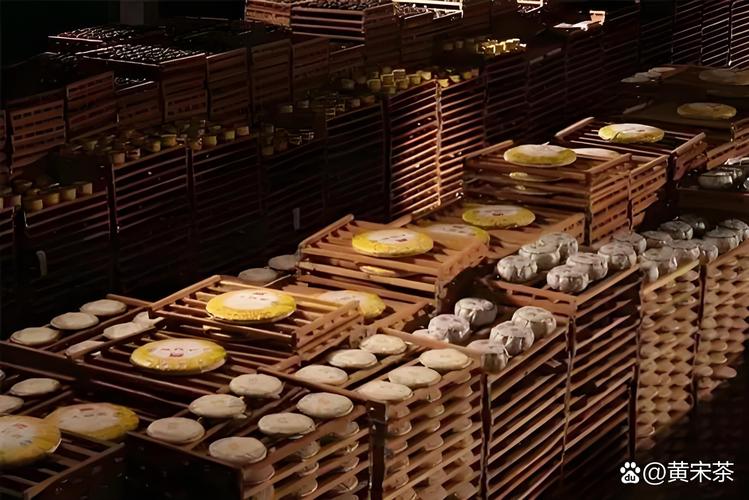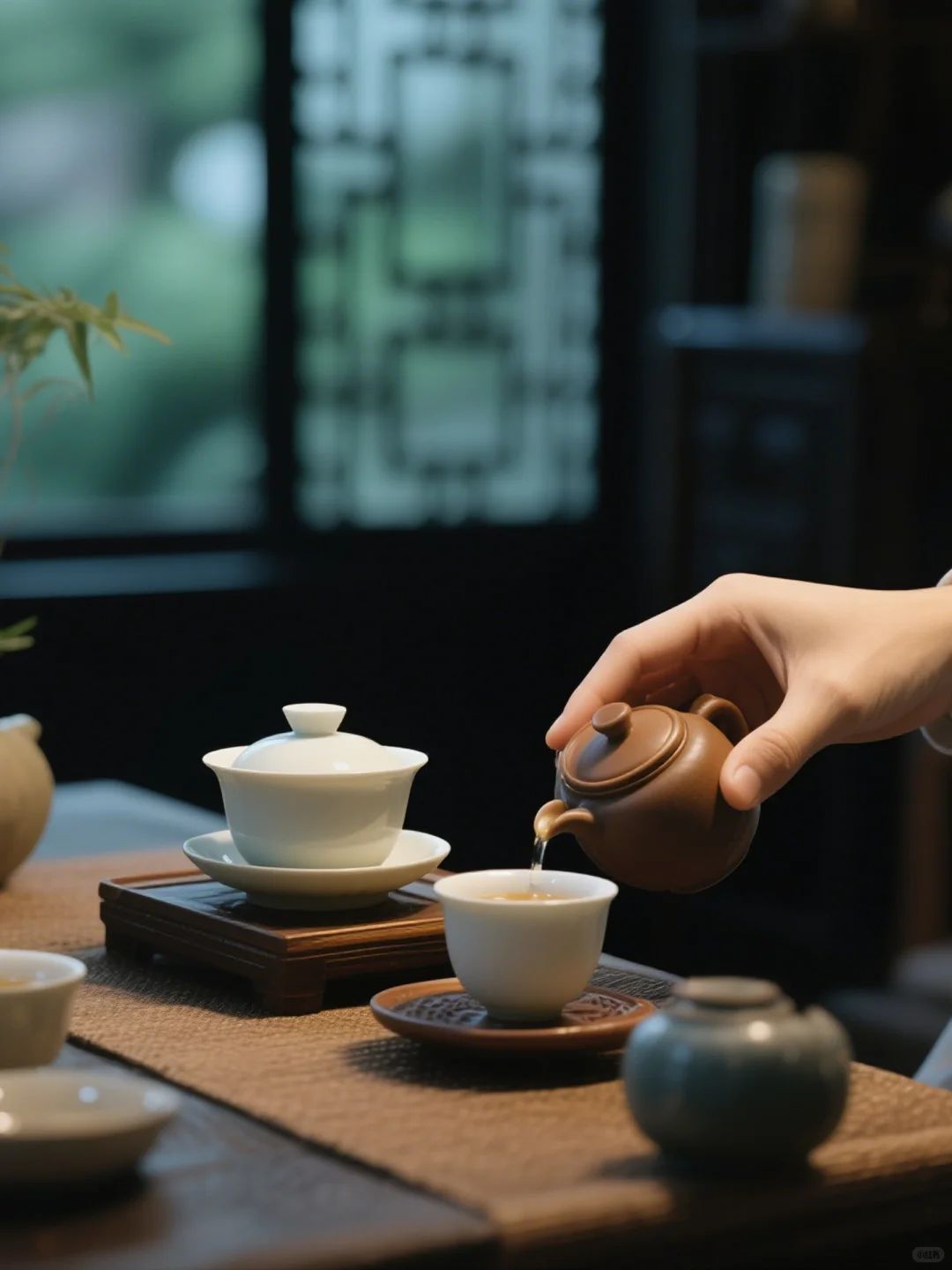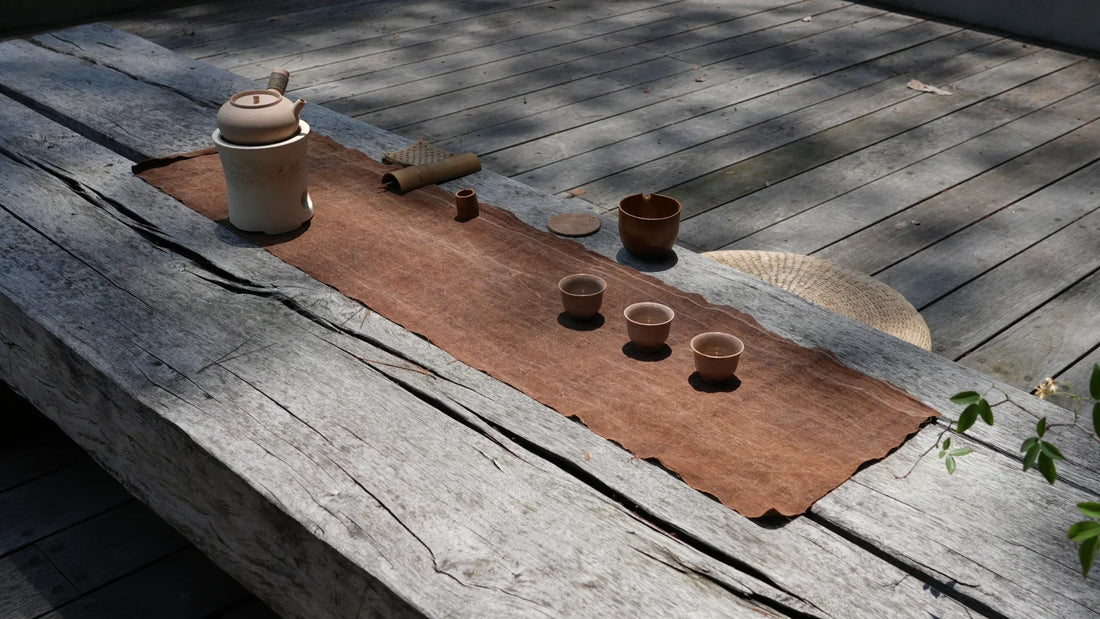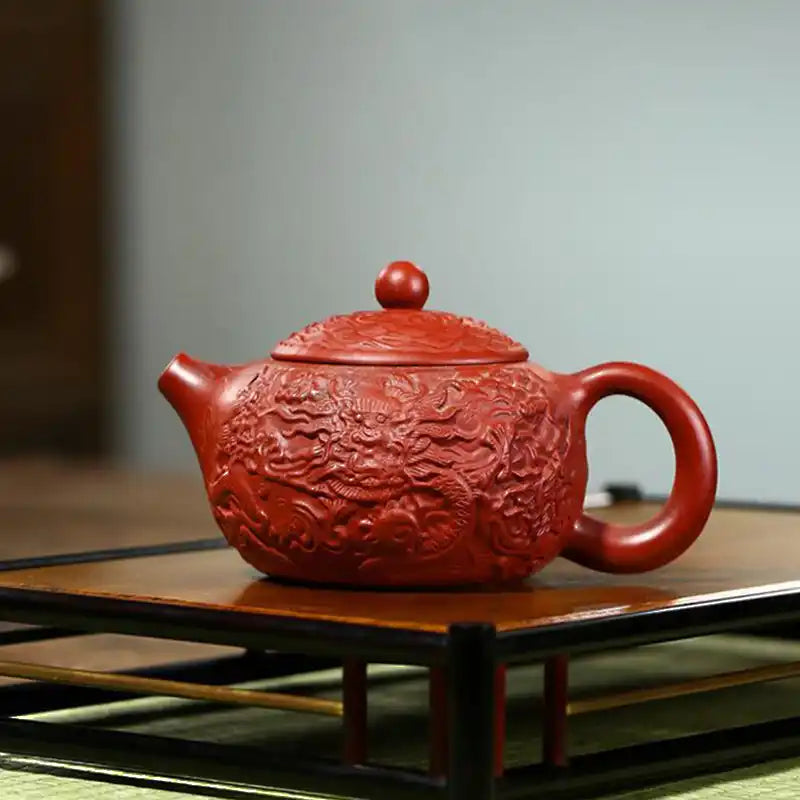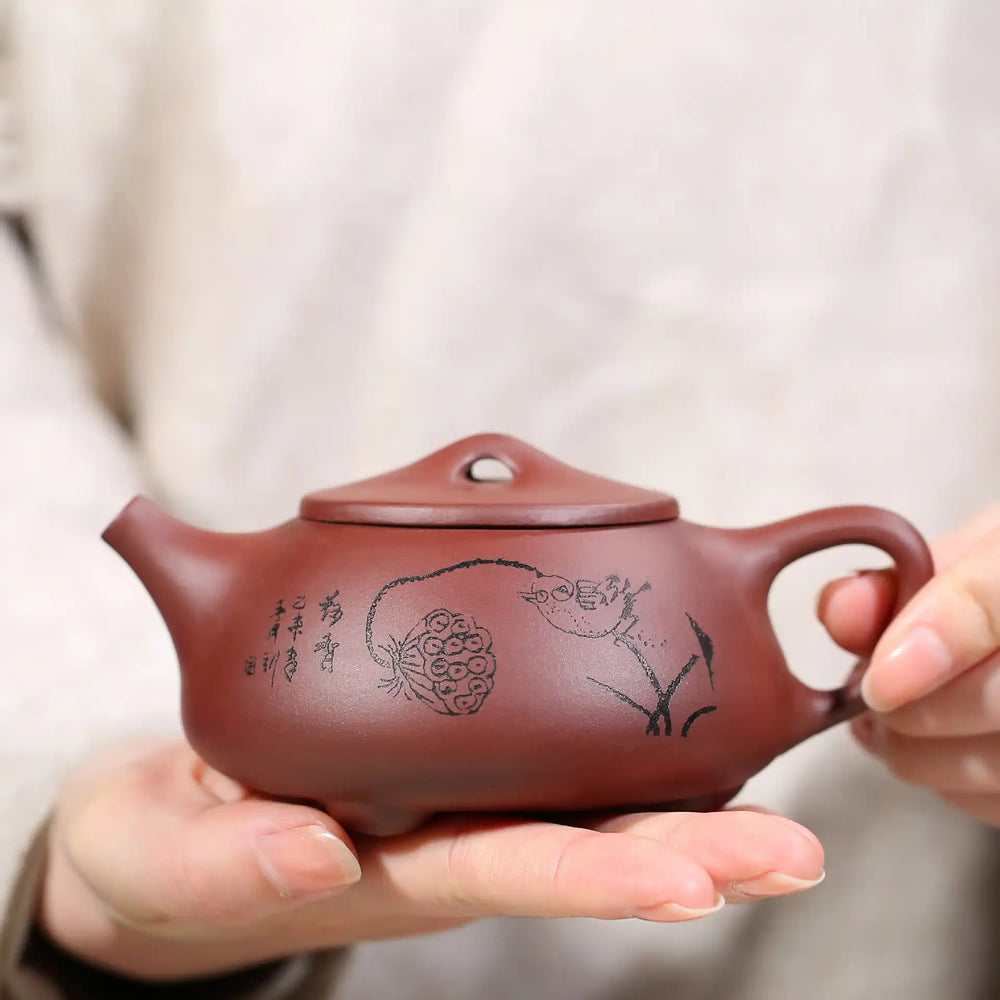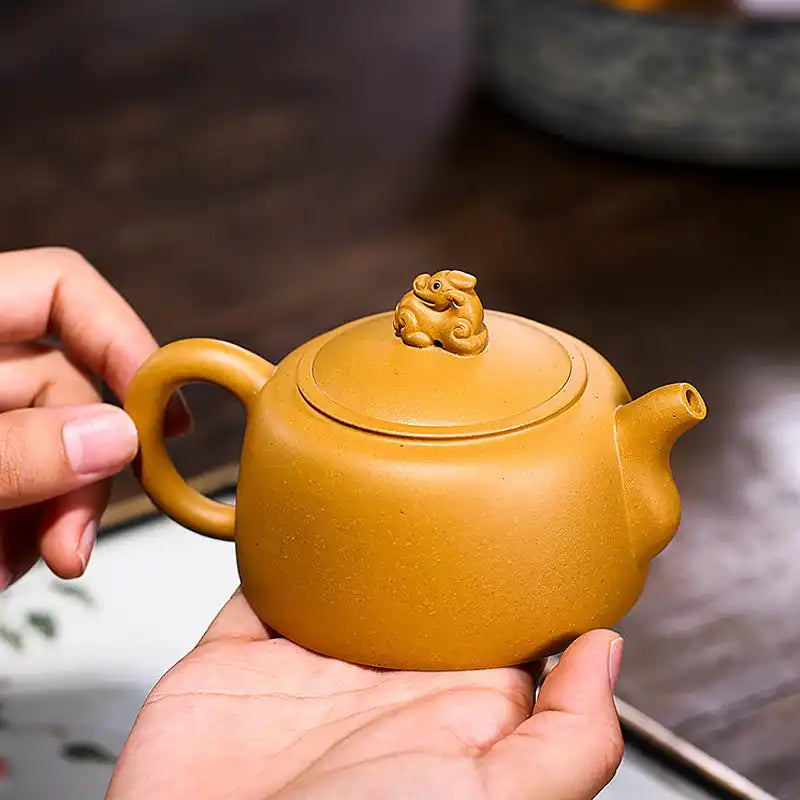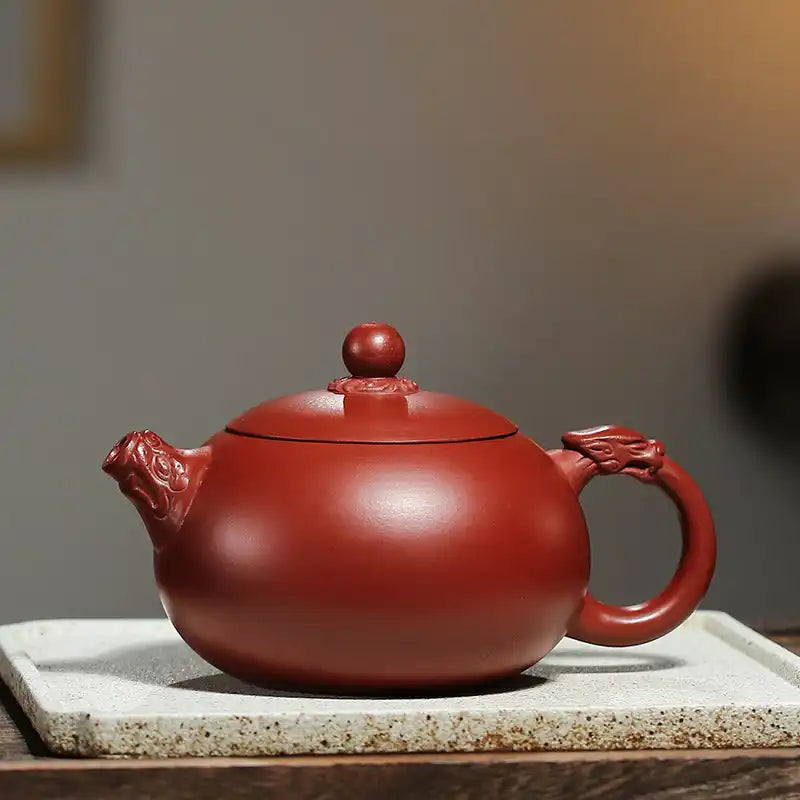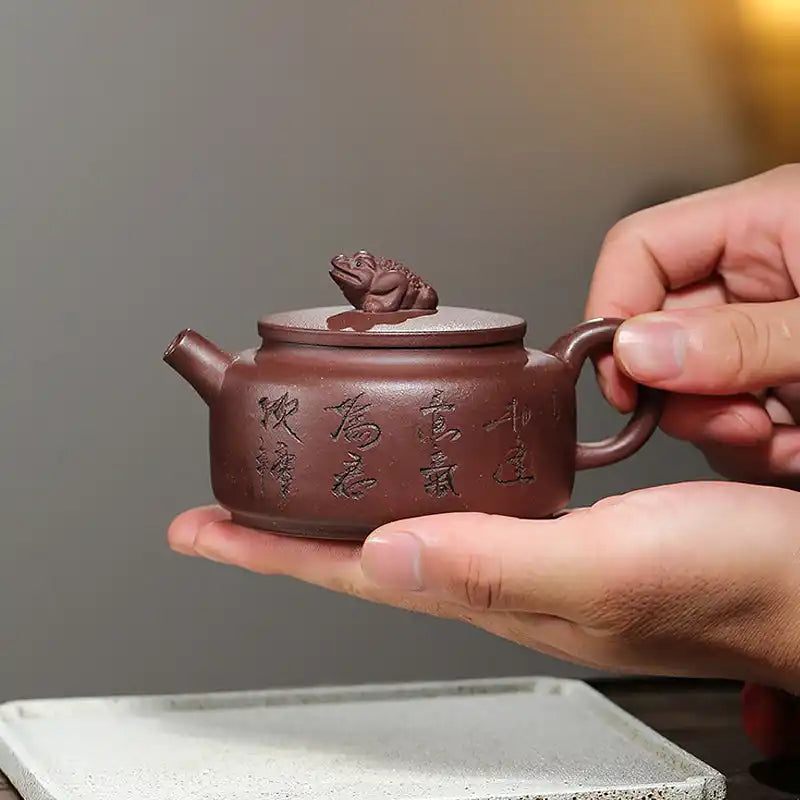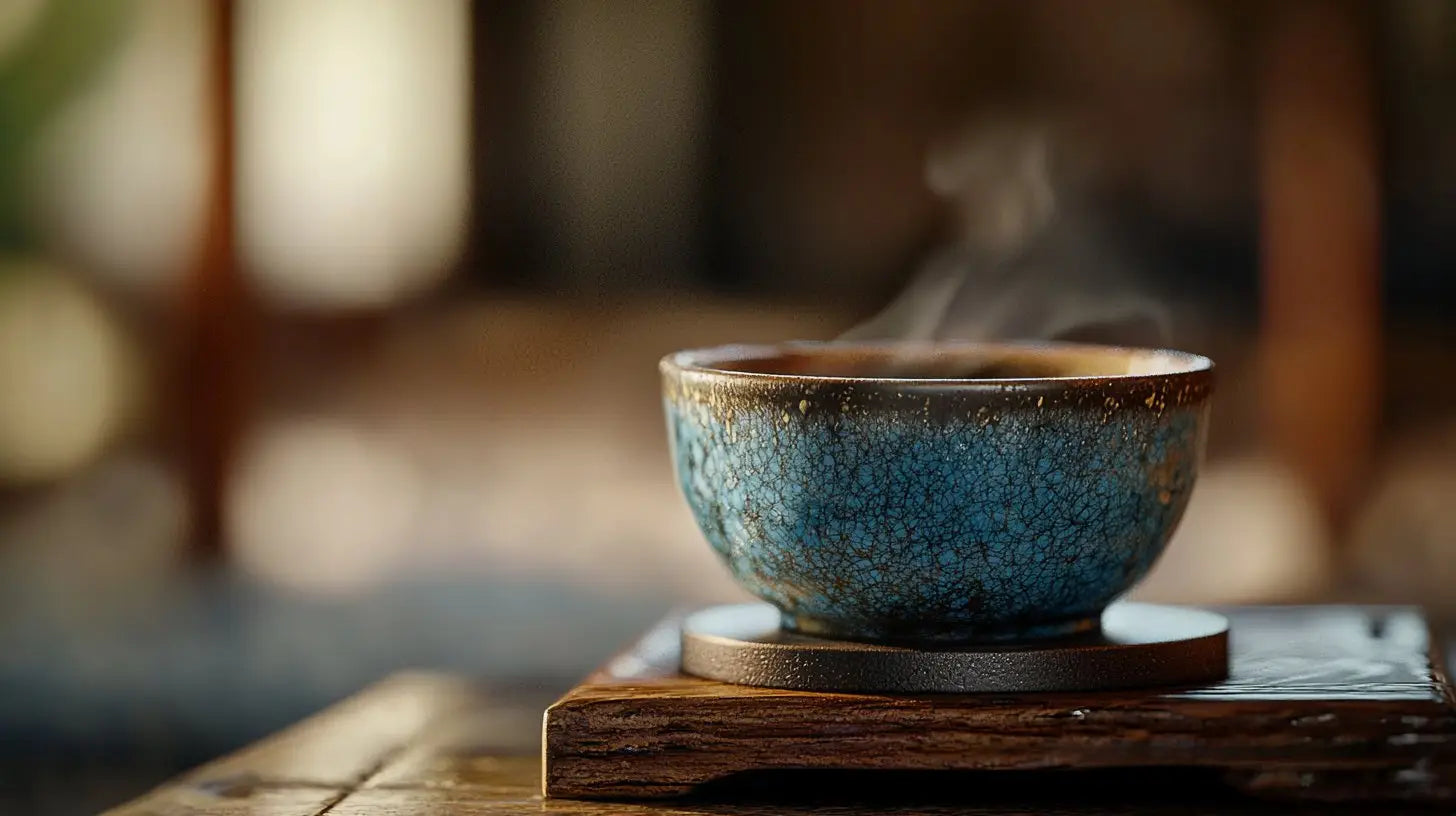🍃 Chinese Tea Storage Guide: Preserving Your Premium Tea
Master the art of tea preservation to maintain flavor, aroma, and quality for years

🌿 Why Proper Tea Storage Matters
Premium Chinese tea is a living product that continues to evolve after processing. Proper storage isn't just about preventing spoilage - it's about preserving the complex compounds that create tea's unique flavors, aromas, and health benefits.
🔬 The Science of Tea Degradation
Tea deterioration occurs through several processes:
- Oxidation: Exposure to air breaks down flavor compounds
- Moisture absorption: Humidity causes mold and bacterial growth
- Light damage: UV rays destroy delicate tea polyphenols
- Temperature fluctuation: Heat accelerates chemical breakdown
- Contamination: Foreign odors penetrate tea leaves
☠️ The Five Enemies of Tea
⚠️ What Destroys Your Tea:
- 🌞 Light: Breaks down chlorophyll and essential oils
- 💨 Air: Causes oxidation and flavor loss
- 💧 Moisture: Leads to mold, mildew, and spoilage
- 🔥 Heat: Accelerates aging and degrades compounds
- 👃 Odors: Tea absorbs surrounding smells easily
🏺 Storage Methods by Tea Type
🌱 Green Tea
Method: Refrigerated, airtight
Duration: 1-2 years
Key: Prevent oxidation
🖤 Black Tea
Method: Room temperature, sealed
Duration: 2-3 years
Key: Moisture control
🌸 Oolong Tea
Method: Cool, dry, airtight
Duration: 2-3 years
Key: Preserve complexity
🤍 White Tea
Method: Natural aging environment
Duration: Improves with age
Key: Controlled humidity
🍂 Pu-erh Tea
Method: Breathable, stable
Duration: Decades
Key: Allow natural aging
🌼 Jasmine Tea
Method: Airtight, cool
Duration: 1-2 years
Key: Preserve fragrance
📦 Container Selection Guide
🏺 Traditional Options
- Ceramic Canisters: Excellent for daily-use teas, non-reactive
- Bamboo Containers: Natural, breathable, traditional aesthetic
- Yixing Clay Jars: Ideal for pu-erh, allows controlled aging
- Paper Wrapping: Traditional for pu-erh cakes, allows breathing
🔒 Modern Solutions
- Vacuum-Sealed Bags: Best for long-term green tea storage
- Tin Canisters: Light-proof, airtight, portable
- Glass Jars: Good visibility, but store in dark places
- Mylar Bags: Professional-grade barrier protection
🌡️ Environmental Control
🎯 Optimal Storage Conditions
📊 Ideal Parameters:
- Temperature: 60-70°F (15-21°C)
- Humidity: 50-60% relative humidity
- Light: Complete darkness or minimal indirect light
- Air circulation: Minimal for most teas, controlled for pu-erh
- Stability: Consistent conditions, avoid fluctuations
🏠 Location Selection
Best Storage Locations:
- Cool, dry pantry or cupboard
- Dedicated tea storage room
- Climate-controlled basement
- Interior closet away from kitchen heat
Avoid These Areas:
- Near stoves, ovens, or heating vents
- Bathrooms or laundry rooms (high humidity)
- Garages or attics (temperature extremes)
- Direct sunlight or bright artificial light
❄️ Refrigeration: When and How
🧊 Refrigeration Guidelines
✅ Refrigerate These Teas:
- Green teas: Especially delicate varieties like Gyokuro
- High-grade white teas: Silver needle, white peony
- Fresh oolongs: Lightly oxidized, floral varieties
❌ Never Refrigerate:
- Pu-erh teas: Disrupts natural aging process
- Dark oolongs: Can develop off-flavors
- Scented teas: May lose fragrance oils
🔧 Proper Refrigeration Technique
- Double-seal: Use airtight container inside sealed bag
- Prevent condensation: Let tea reach room temperature before opening
- Separate storage: Keep away from strong-smelling foods
- Monitor humidity: Use desiccant packets if needed
⏰ Aging vs. Preservation
🍷 Teas That Improve with Age
Pu-erh Tea Storage:
- Maintain 60-70% humidity for proper aging
- Ensure air circulation without contamination
- Store away from strong odors
- Monitor for mold growth regularly
White Tea Aging:
- Store in breathable containers
- Maintain stable, cool environment
- Allow natural oxidation over years
- Protect from light and extreme temperatures
⚡ Teas to Consume Fresh
- Green teas: Best within 1-2 years
- Jasmine teas: Fragrance fades over time
- Light oolongs: Delicate flavors diminish
🔍 Monitoring Tea Quality
👀 Visual Inspection
🚨 Warning Signs:
- Color changes: Fading or unusual discoloration
- Mold growth: White, green, or black spots
- Pest activity: Small holes or insect presence
- Clumping: Leaves sticking together from moisture
👃 Aroma Assessment
- Fresh tea: Should smell vibrant and characteristic
- Stale tea: Flat, dusty, or absent aroma
- Contaminated tea: Foreign or unpleasant odors
- Moldy tea: Musty, damp, or sour smells
📅 Rotation and Inventory
🔄 First In, First Out (FIFO)
- Label containers with purchase/opening dates
- Use older teas before newer ones
- Keep inventory list for large collections
- Regular quality checks every 3-6 months
🌍 Climate Considerations
🏜️ Dry Climates
- Add humidity control for pu-erh aging
- Monitor for over-drying of leaves
- Use sealed containers for most teas
🌊 Humid Climates
- Use desiccant packets liberally
- Increase air circulation
- Monitor closely for mold growth
- Consider dehumidifiers for storage areas
🚫 Common Storage Mistakes
❌ Avoid These Errors:
- Mixing tea types: Flavors can cross-contaminate
- Using clear containers: Light exposure damages tea
- Storing near spices: Strong aromas penetrate tea
- Ignoring humidity: Both too much and too little cause problems
- Frequent opening: Repeated air exposure degrades quality
- Wrong container size: Too much air space accelerates oxidation
🛒 Enhance Your Tea Storage
Proper storage containers and accessories can significantly extend your tea's lifespan and maintain its quality.
📦 Storage Solutions
Explore our Tea Storage Collection featuring traditional ceramic canisters, bamboo containers, and modern airtight solutions.
🍃 Premium Teas Worth Preserving
Invest in quality storage for our Premium Tea Collection and 2025 Spring Tea selections.
🌟 Conclusion: Protecting Your Investment
Proper tea storage is an investment in your tea experience. By understanding the science behind tea degradation and implementing appropriate storage methods, you can preserve the complex flavors, aromas, and health benefits that make premium Chinese tea so special.
Remember: great tea deserves great care. The effort you put into proper storage will be rewarded with consistently excellent cups of tea, whether you're enjoying them tomorrow or years from now.
